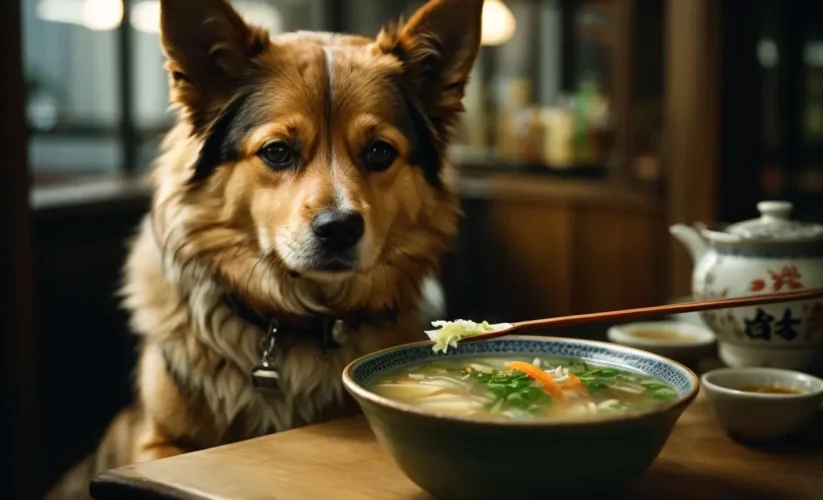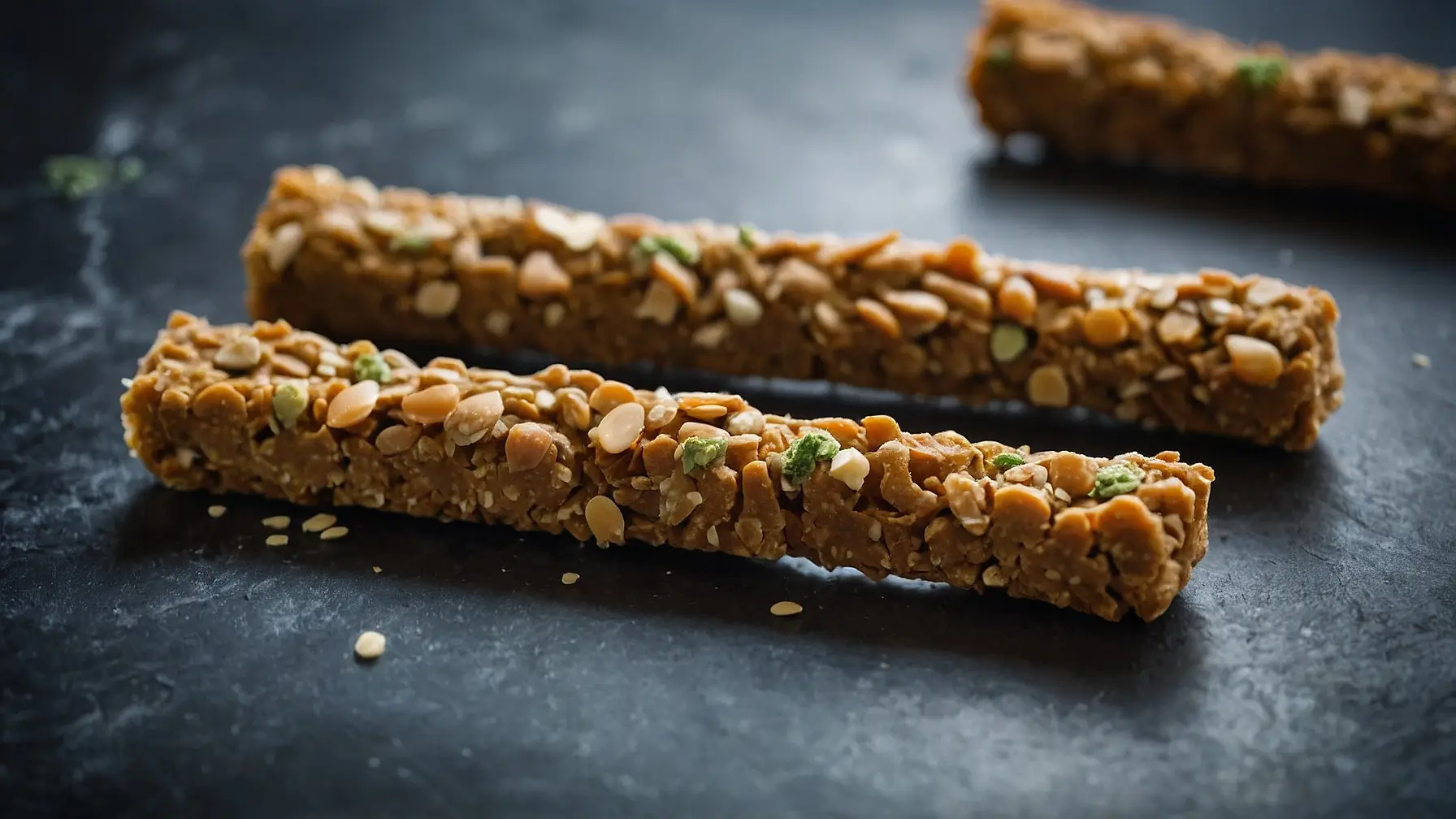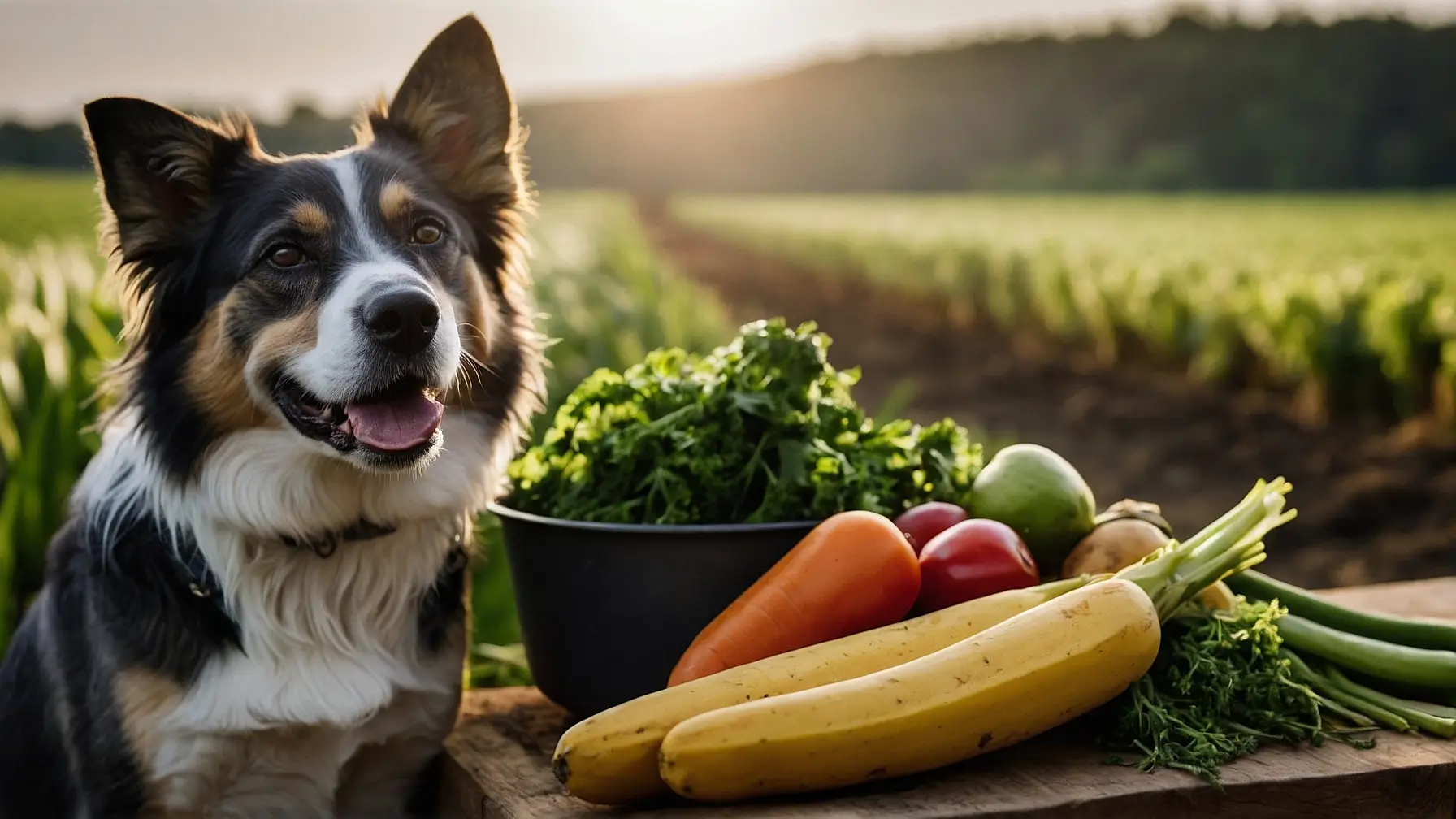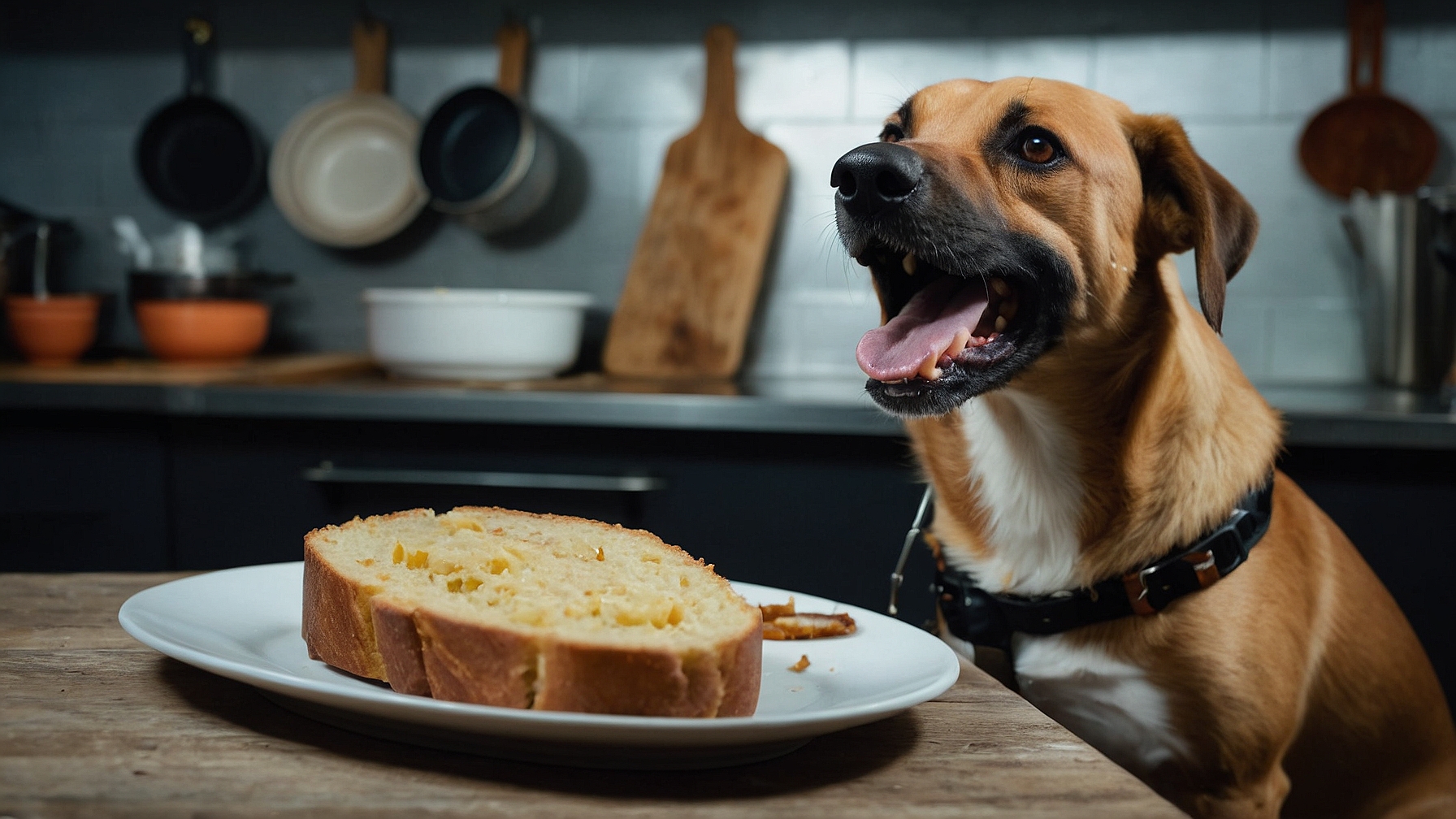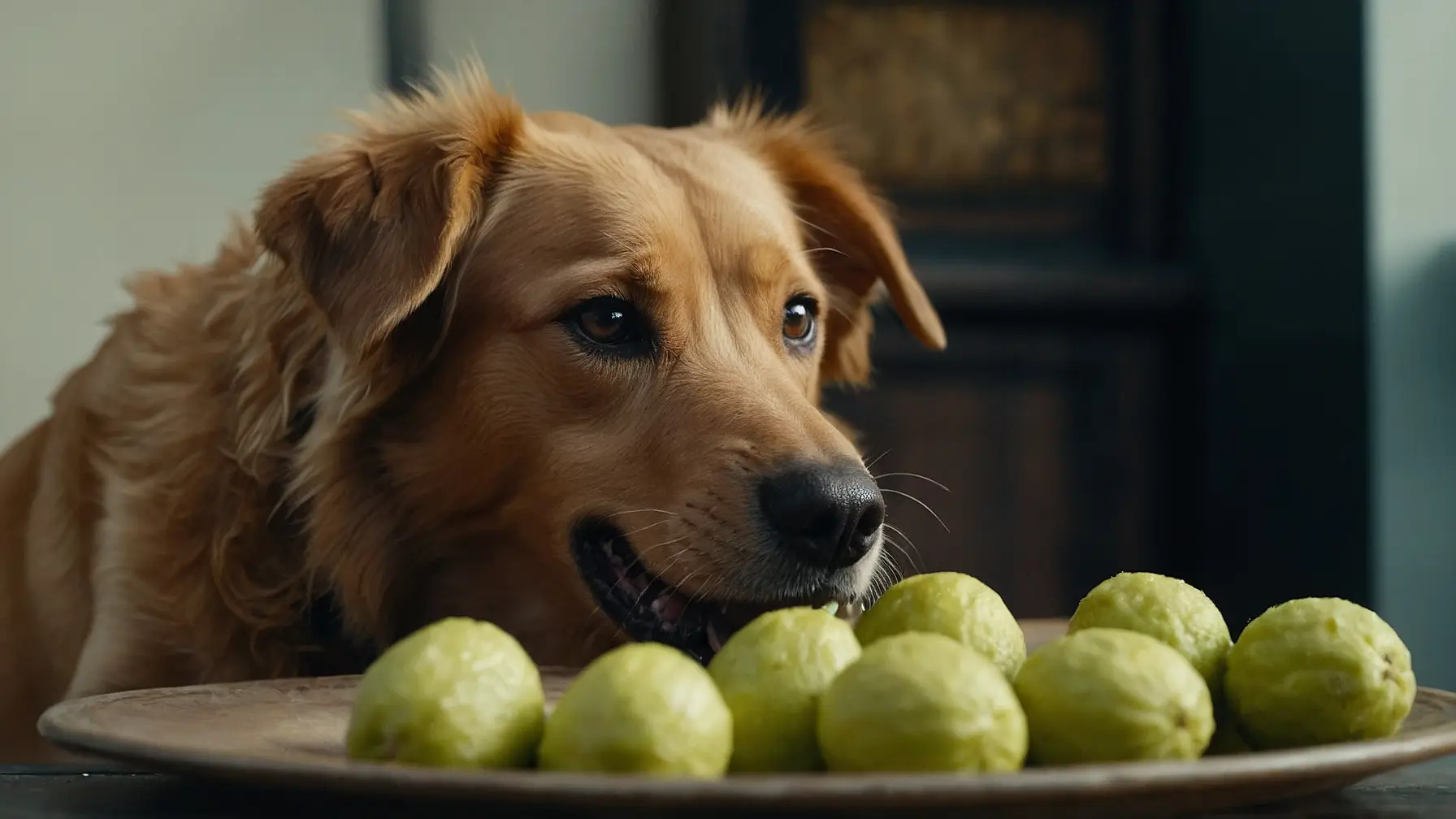can dogs eat sticky rice?
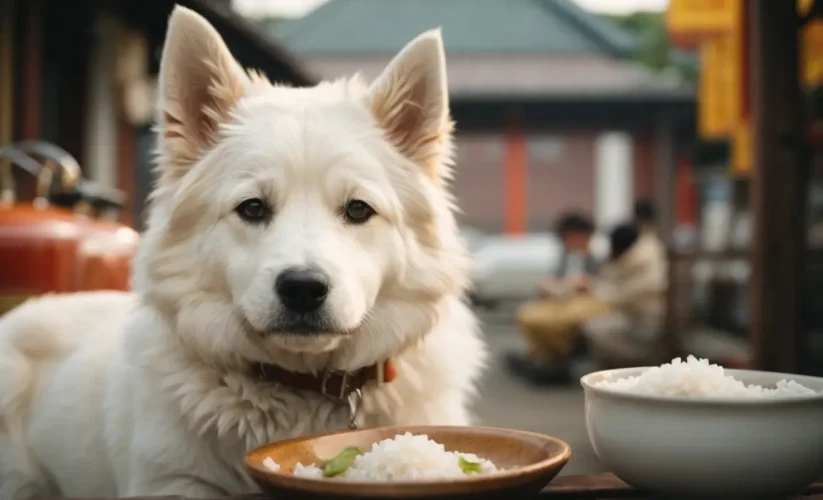
As an experienced dog blogger and a loving dog owner, I have always been intrigued by the dietary preferences and needs of our canine friends. A question that frequently arises in the pet community is: Can dogs eat sticky rice? This culinary delight, a staple in many Asian households, often catches the attention of our four-legged companions. In this detailed guide, we’ll explore the nuances of feeding sticky rice to dogs, shedding light on its potential benefits and risks.
Understanding what we feed our dogs is essential, as their dietary needs differ significantly from ours. While certain foods are safe for human consumption, they may not be suitable for dogs due to their unique digestive systems and nutritional requirements. Sticky rice, known for its chewy texture and distinctive taste, poses several questions for dog owners. Is it nutritious for our furry friends? Could it potentially be harmful? Addressing these questions is crucial for anyone looking to maintain their dog’s health and happiness.
In the following sections, we’ll delve deeper into the relationship between dogs and sticky rice. We’ll examine whether sticky rice is a good or bad choice for dogs, and how it compares with other types of glutinous rice. Through this exploration, dog owners can make informed decisions about including sticky rice in their pet’s diet.
Is Sticky Rice Good for Dogs?
Sticky rice, also known as glutinous rice, is a carbohydrate-rich food, offering a significant energy source for dogs. Addressing the common query ‘can dogs eat sticky rice’, it’s notable that this rice is gluten-free, benefiting dogs with gluten intolerances or sensitivities. When cooked simply without added seasonings, fats, or spices, sticky rice can be a harmless and digestible treat for dogs.
Nutritionally, sticky rice has its merits for canine diets. It contains essential minerals like manganese, which aids in bone formation and blood clotting; magnesium, which supports muscle and nerve function; and phosphorus, necessary for healthy bones and teeth. Its low-fat content and moderate protein levels can complement a dog’s dietary needs, especially in dogs that require a lower fat diet due to health concerns like pancreatitis.
Sticky rice also serves as a bland, easily digestible food for dogs with gastrointestinal distress. It can help soothe upset stomachs and provide a temporary dietary solution during recovery from minor digestive issues. However, it’s important to reintegrate a dog’s regular, balanced diet as they recover, as sticky rice does not provide all the necessary nutrients for long-term health.
While sticky rice can be a part of a dog’s diet, it should not be a mainstay. Dogs require a diet that is primarily high in proteins. Carbohydrates like rice should be an occasional supplement, not a regular meal component. Additionally, considering the caloric density of sticky rice is important, especially for dogs with a tendency towards weight gain. Excessive consumption of carbohydrate-rich foods like sticky rice can contribute to obesity and its associated health risks in dogs.
Is Sticky Rice Bad for Dogs?
While not inherently toxic, sticky rice can pose certain risks to dogs if not managed properly. The foremost concern lies in its preparation. Sticky rice often includes additives like salt, butter, or spices in human cuisine, which are detrimental to canine health. Such ingredients can lead to complications like sodium ion poisoning or pancreatitis in dogs, emphasizing the need for plain cooking.
The high glycemic index of sticky rice is another concern, particularly for diabetic dogs or those prone to obesity. This index indicates that sticky rice can cause a rapid spike in blood sugar levels, which is not ideal for maintaining a healthy canine metabolism. The high carbohydrate content, though a source of energy, can lead to weight gain if not balanced with adequate physical activity.
Moreover, the sticky texture of this rice variety can be a choking hazard, especially for smaller breeds or dogs that eat hastily. It’s essential to supervise your dog while they consume sticky rice and serve it in reasonable portions to mitigate this risk.
For dogs with particular health issues or food sensitivities, introducing any new food, including sticky rice, should be done under veterinary guidance. While not toxic, its appropriateness varies based on the individual health conditions and dietary needs of the dog.
Are Other Types of Glutinous Rice Safe For Dogs?
When considering other forms of glutinous rice, the same general guidelines apply as with sticky rice. Brown glutinous rice, for instance, is often viewed as a healthier alternative to white sticky rice due to its higher fiber content and additional nutrients. This type of rice can support digestive health and provide a more gradual energy release, which can be beneficial for dogs in maintaining a healthy weight.
Nonetheless, the same precautions should be observed with brown glutinous rice as with white sticky rice. It must be cooked plainly, free from any harmful additives, and offered in moderation. Also, the unique health requirements and dietary limitations of your dog should always be taken into account. For example, dogs with grain sensitivities or specific dietary requirements might not respond well to any type of glutinous rice.
Exploring other rice varieties like jasmine or basmati rice, which have different nutritional profiles, can be advantageous. These varieties might be more appropriate for some dogs, given their distinct nutritional values. However, the fundamental principle remains: any type of rice, including glutinous varieties, should only constitute a small portion of a dog’s overall diet, ensuring that the primary focus is on high-quality protein sources.
Final Thoughts
In conclusion, sticky rice can be a safe and occasionally beneficial treat for dogs when served correctly – plain and in moderation. It provides a source of carbohydrates and essential minerals, and can be particularly useful for dogs with stomach issues. However, its high glycemic index, potential for overfeeding, and the need to avoid harmful additives make it imperative for dog owners to exercise caution.
For those considering feeding their dog sticky rice or other types of glutinous rice, the key takeaway is balance and moderation. Always prioritize a protein-rich diet for your dog and use rice as a supplementary treat rather than a meal cornerstone. Additionally, be mindful of your dog’s specific health needs and dietary restrictions. When in doubt, consulting with a veterinarian is the best course of action to ensure the dietary choices you make are in the best interest of your dog’s health.
Remember, each dog is unique, and what works for one may not work for another. Being informed and cautious about your dog’s diet is a significant step towards ensuring their long-term health and happiness.

